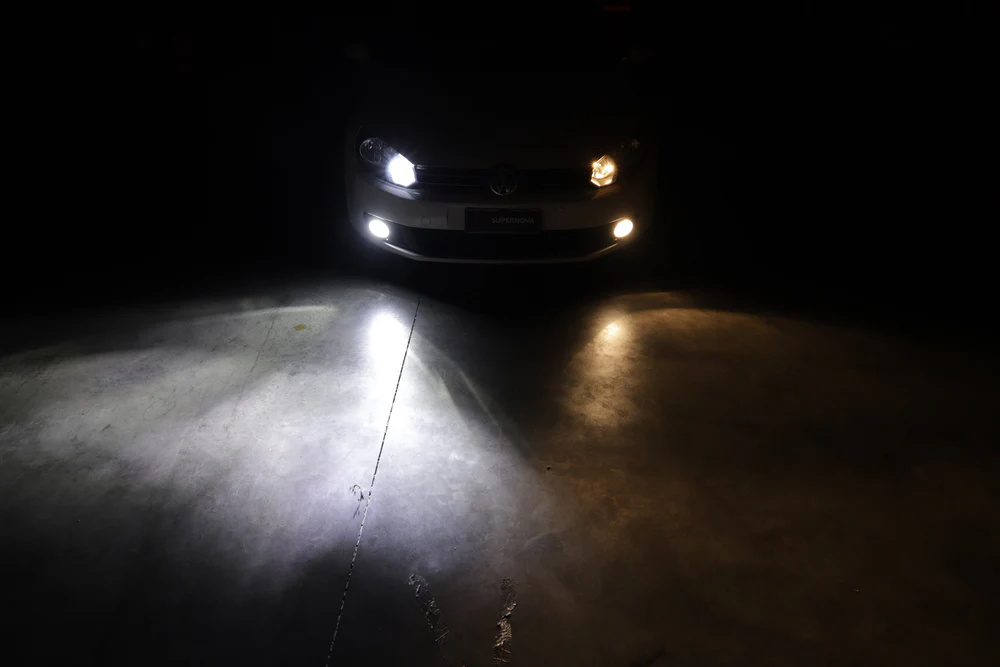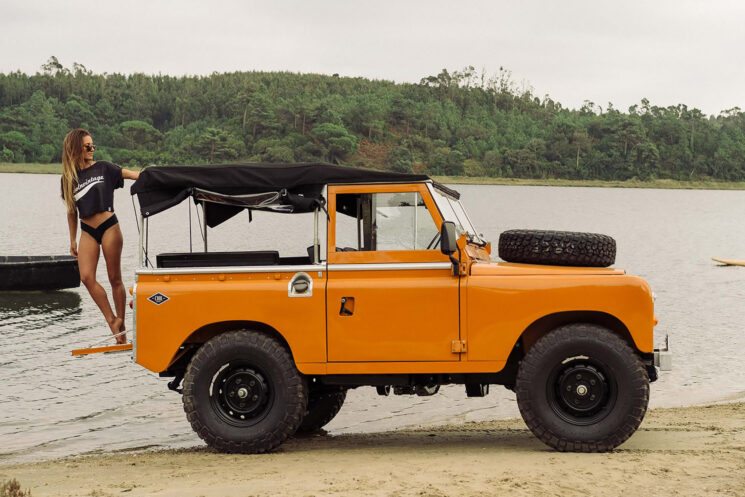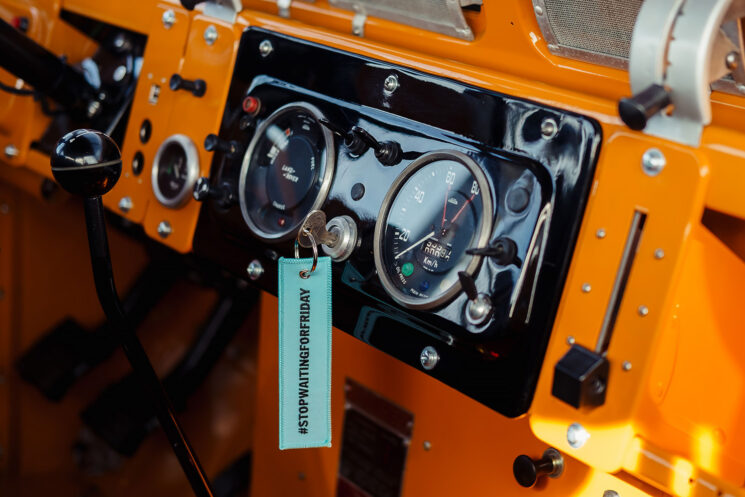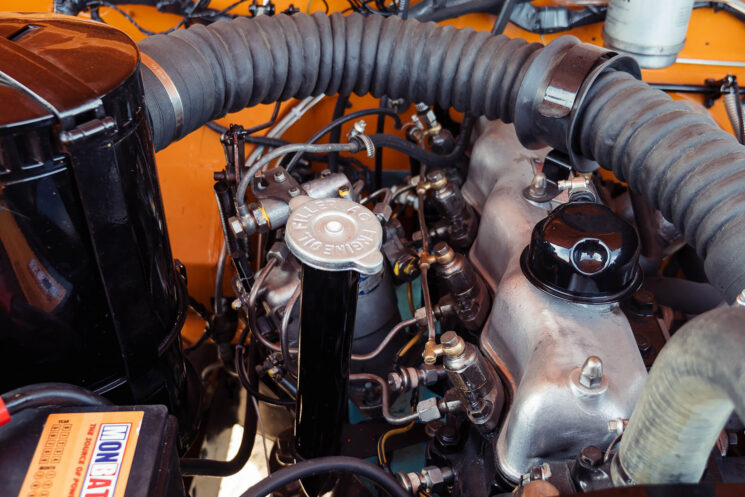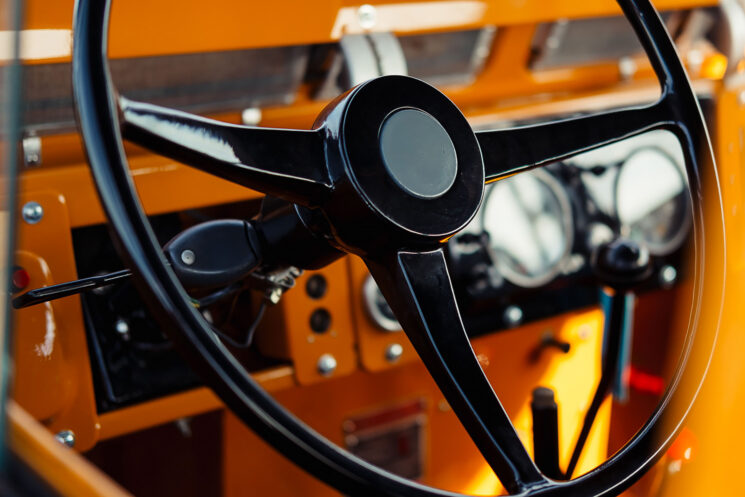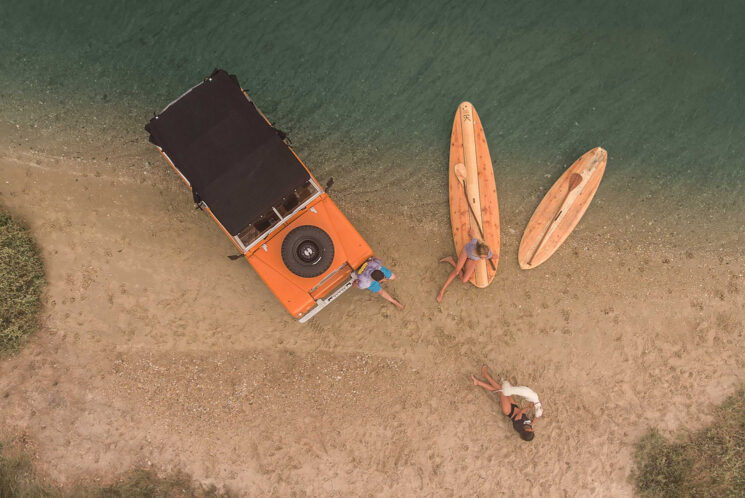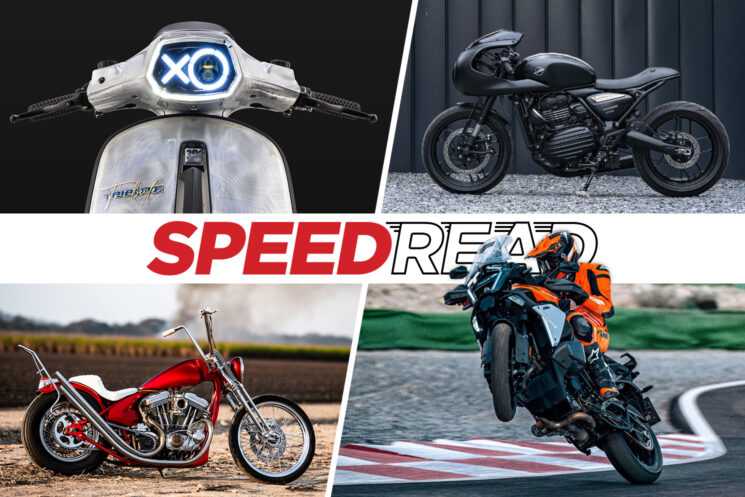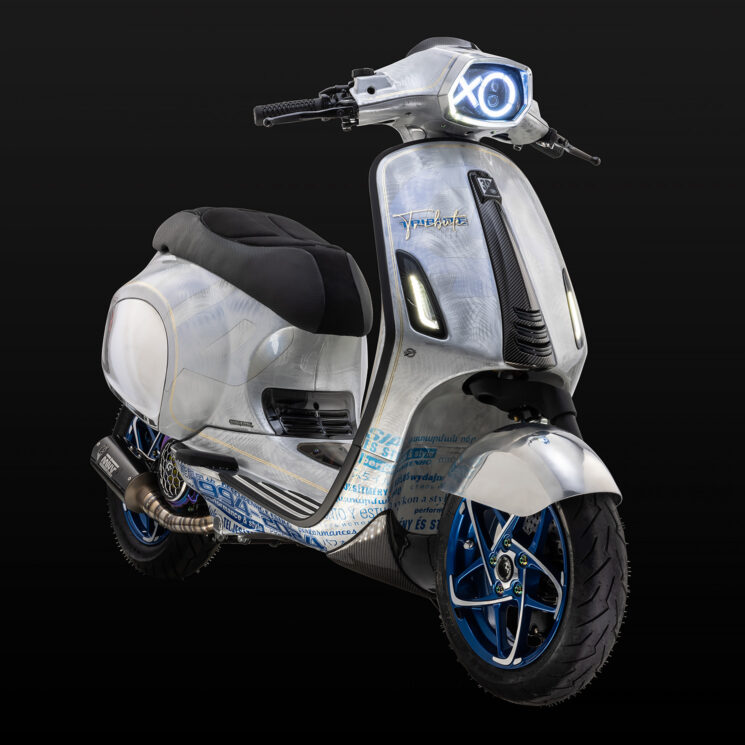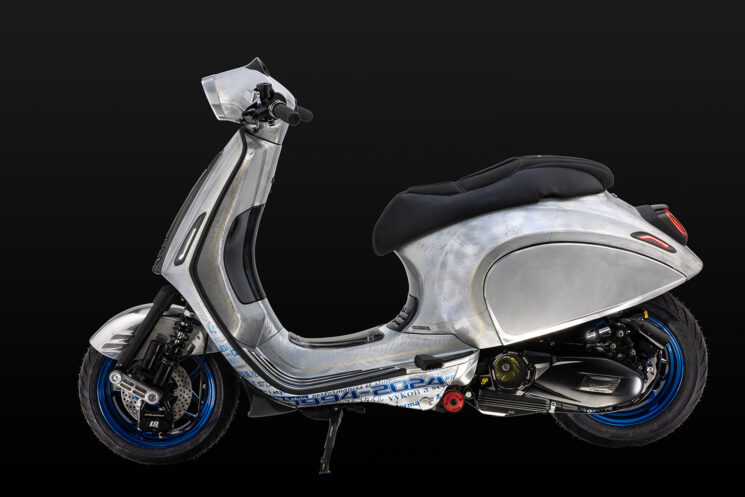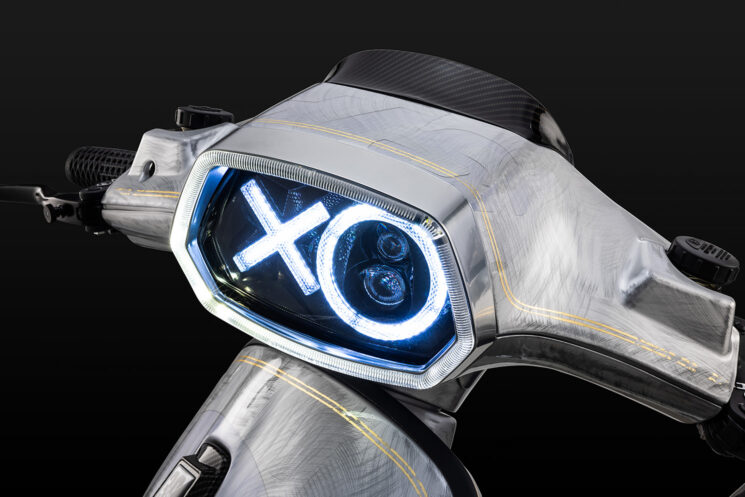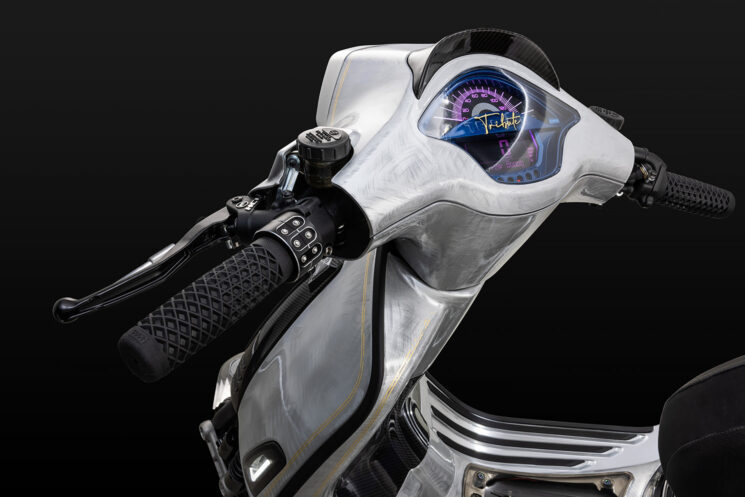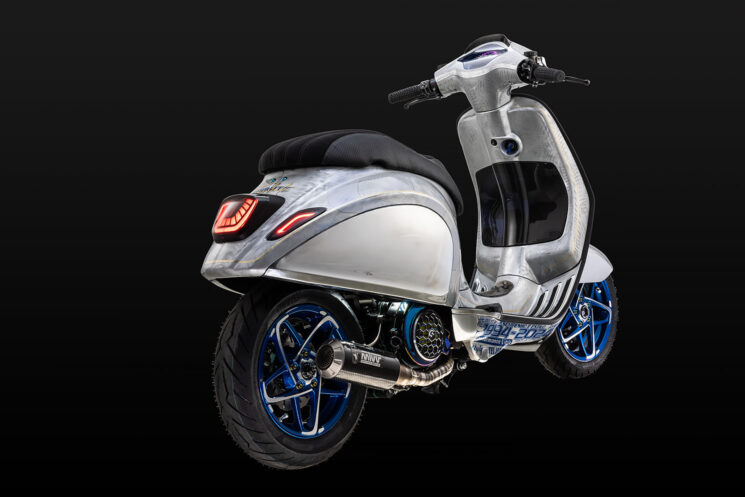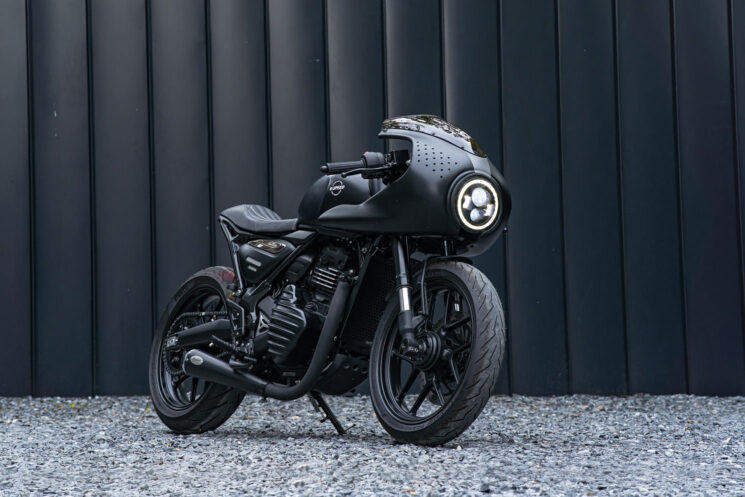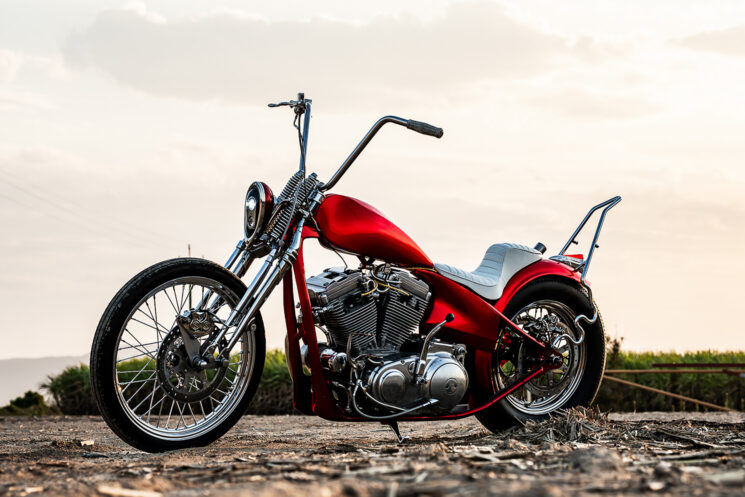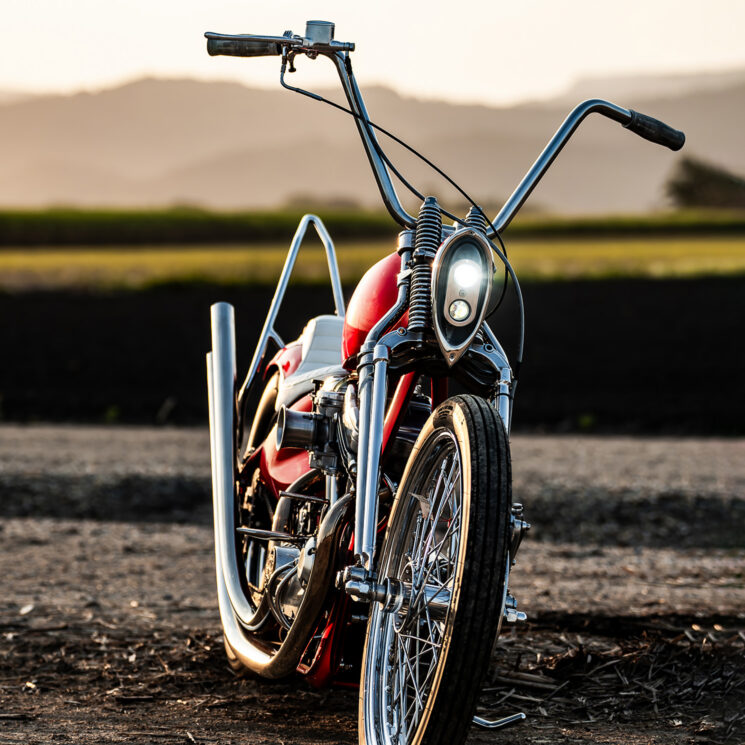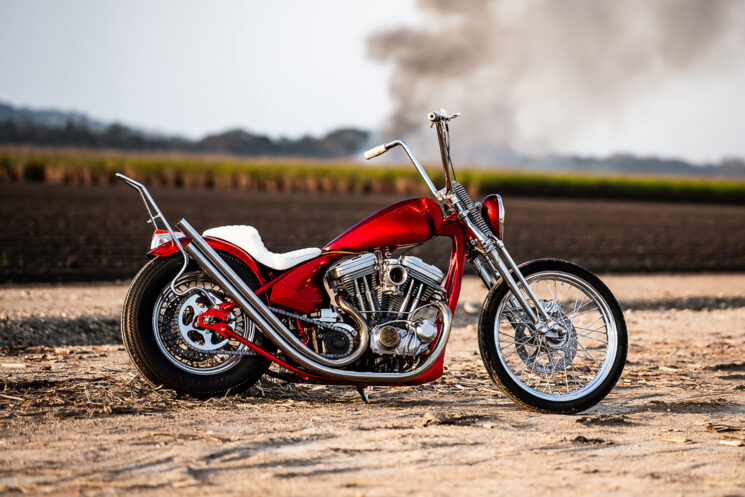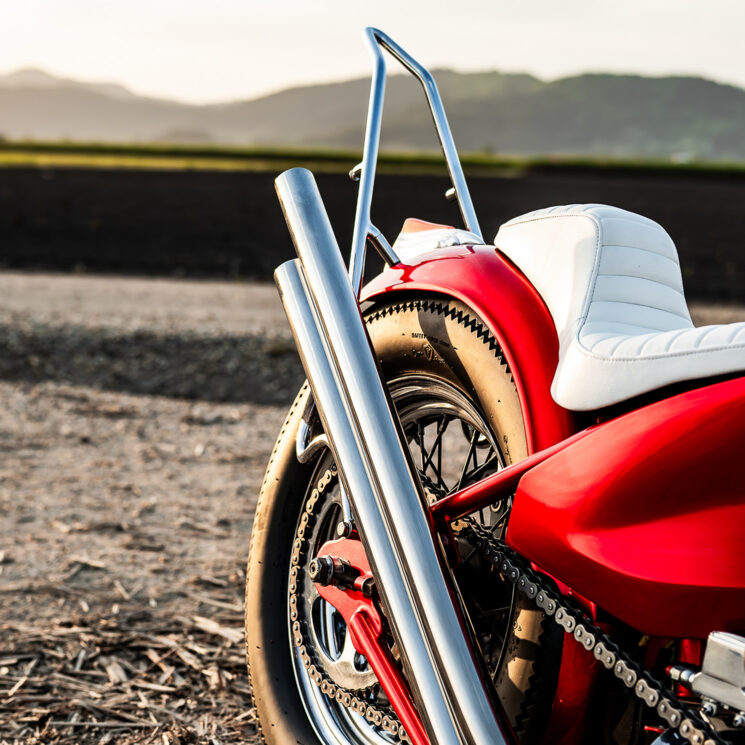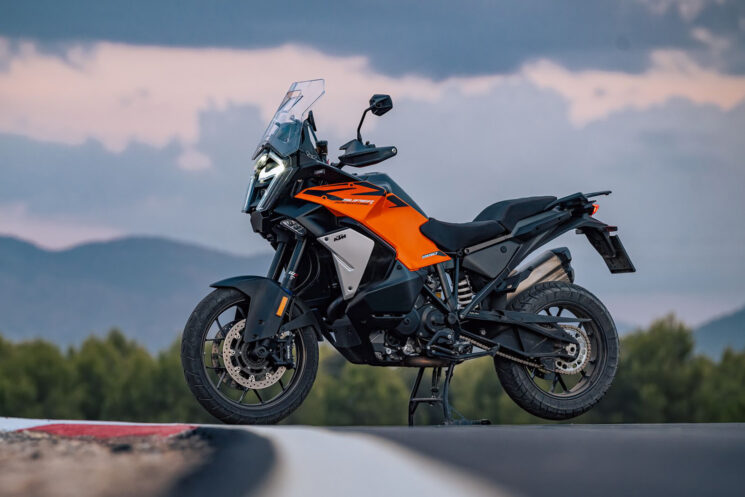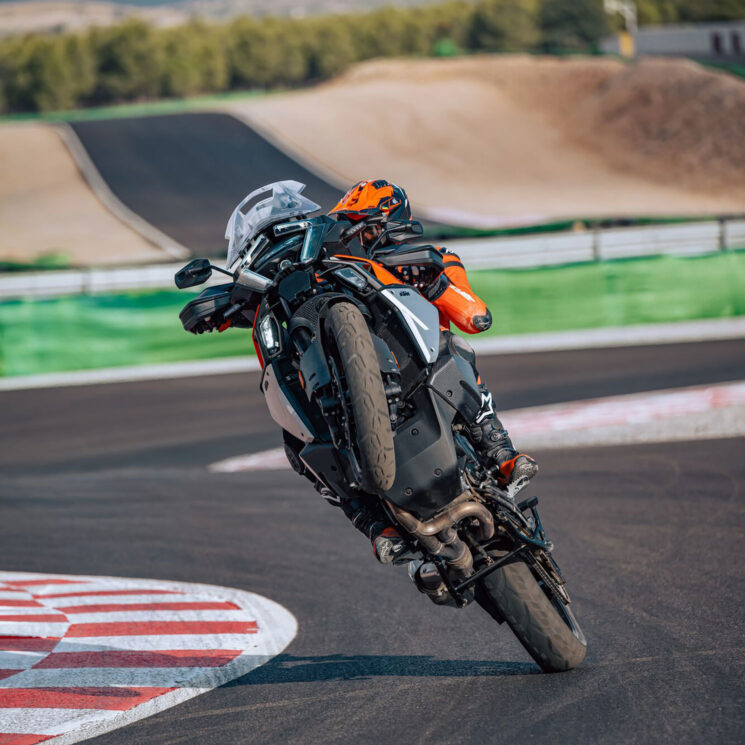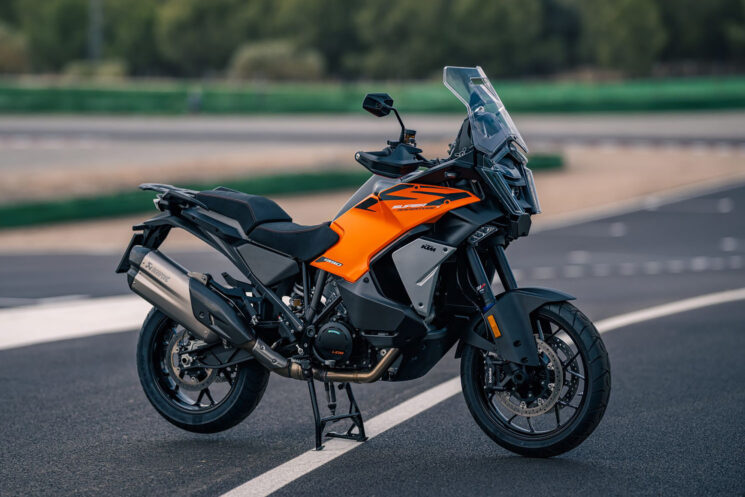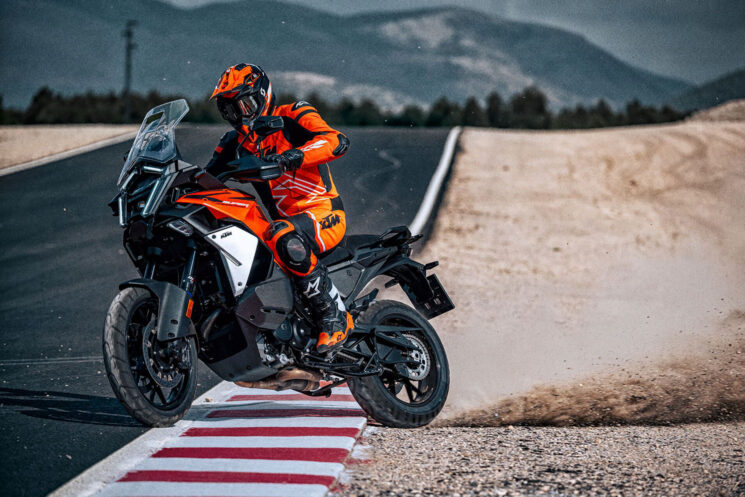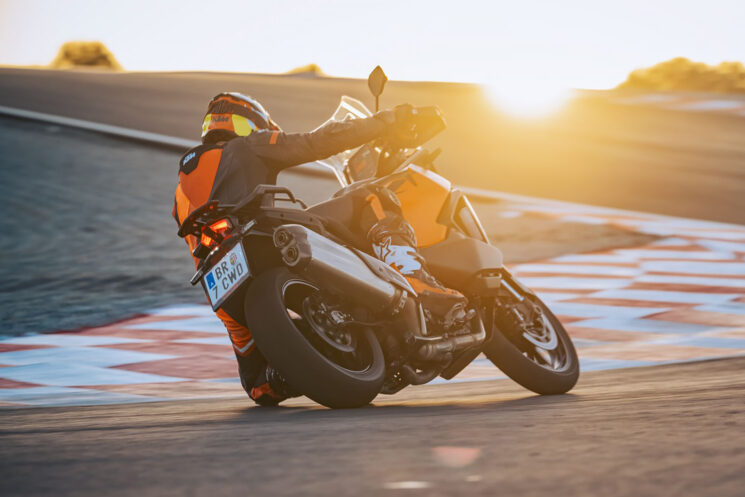The automotive market is ever evolving—the improvement of new car models. The new releases can noticeably affect the prices of the used cars, thus creating new opportunities and issues for the dealer and the buyer. The trends must be understood and adapted to in order to make a decision. In this article, we want to have a look at the impact of new car models on the prices of used cars in order to offer helpful information for dealers and buyers. Along with this, we’ll also touch on the top trends in used car prices to guide you through this constantly fluctuating market.
Table of Contents
The New Cars Models Ripple Effect
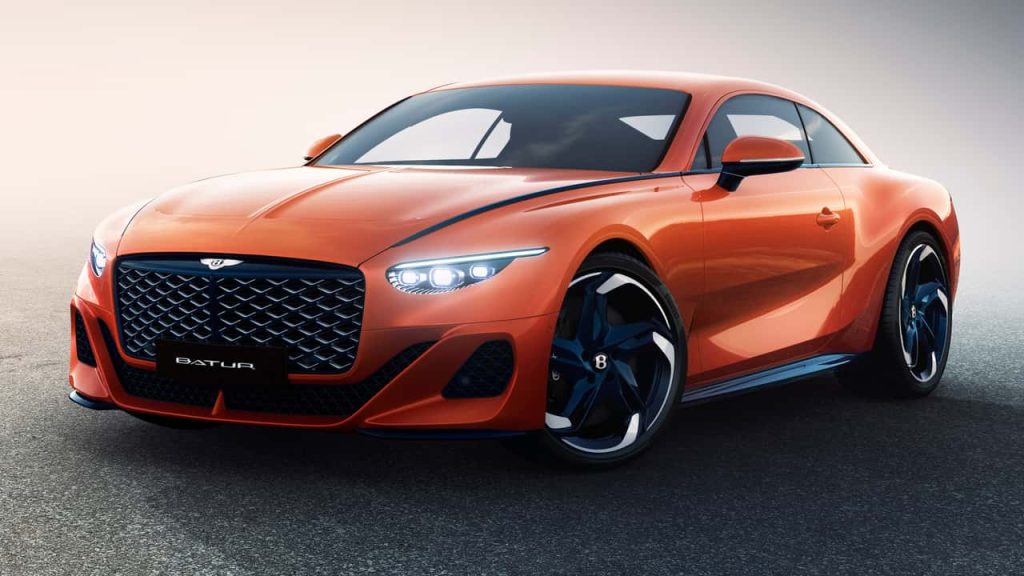
A new car model coming onto the market often has consequences that ripple through the entire automotive industry. Here are some key ways in which new car models can affect used car prices:
- Depreciation of Older Models: The depreciation of older models is often associated with new car models. Older versions running out of fashion force consumers to purchase the latest model, which results in reducing demand for the older versions and hence lowers the price of these versions. Models with significant updates or redesigns can depreciate more rapidly, in this respect, making the previous versions seem old. A good example of this is a major redesign in a popular sedan, which caused the price of the older models of the same line to take quite a hit.
- Technological Advancements: New models are usually equipped with the latest technology and features. This can also be the reason older models look dated, and therefore their prices are driven down. ADAS, better fuel efficiency, and better infotainment systems are very much in demand. Often, buyers prefer the latest technology and when new models come in with these advancements, the market value of older models without these features declines.
- Increased Trade-Ins: When new models are released, people with older models want to trade them in. This influx of trade ins can overwhelm the supply of used cars; thus, decreasing the price of cars. That may leave dealerships with more older models on their hands, leading to more aggressive pricing to move inventory. Especially in the months immediately following the launch of a new model, this can be a big bang to the increased supply.
Top Trends in Used Car Prices

Now dealers and buyers know more about the top trends in used car prices, allowing for smarter decisions. Here are some of the most recent significant trends changing the market:
- Rising Demand for Fuel-Efficient Vehicles: As fuel prices rise and automobile environmental impact becomes a greater concern, the market for fuel efficient used cars is expanding. That’s why hybrid and electric vehicles are seeing the prices in the used car market rise. Fuel efficient vehicles are gaining popularity as consumers search for ways to cut their fuel bills and decrease their carbon footprint. This means that used hybrids and electric cars tend to hold their value better than the gas guzzling siblings.
- Popularity of SUVs and Trucks: People are still buying SUVs and trucks. That is because these vehicles also tend to hold their value better than sedans and smaller cars. Many buyers are drawn to SUVs and trucks by the idea that they are more versatile because they have a higher seating position and appear safer. It’s also a matter of fact that these vehicles have strong resale value because they are in demand in urban and rural areas. Well maintained SUVs and trucks can be very lucrative for dealers on the back of the used car market.
- Demand for Used Cars: This is extremely dependent on economic factors such as inflation, interest rates, and consumer confidence. During an economic downturn, consumers may opt for used cars over new ones, driving up demand and prices. On the other hand, when the economy is strong, perhaps demand for new vehicles will be higher, leading to a greater surplus of used cars and lower prices. The fluctuation of economic indicators should be watched by dealers and buyers, anticipated and caused, and adapted as necessary.
Insights for Dealers
To understand how new car models affect used car prices is very important for dealers who manage their inventory and create their pricing strategies. Here are some tips for dealers:
- • Monitor New Releases: Find out when new car models will launch and what will be on offer. If you know this, you can predict the changes in demand of some used car models. Dealers can keep track of new model launches and then based on that, predict which older models will see a fall in demand and then, accordingly adjust their inventory.
- • Adjust Inventory: Adjust your inventory according to how many in demand used cars you expect new models to impact. For instance, if a new fuel efficient model is being released, you can add to your used fuel efficient model supply. An industry proactive approach to dealing with the potential for growing demand and declining profitability will benefit dealers meeting consumer demand.
- • Pricing Strategies: Set competitive prices for your used car inventory by using data and market trends. Think about promoting or encouraging buyers to buy. Data analytics can be leveraged to uncover optimal pricing strategies, keeping dealers on par in a market that is changing hands every day.
Insights for Buyers
Knowing these trends may help you make better decisions as a buyer. Here are some tips for buyers:
- • Research New Models: Research the latest new models and their features before purchasing a used car. It can also help you establish whether an older model is still good value. This would help buyers to make informed decisions with regard to what features they want and, at the same time, keep costs low.
- • Timing Your Purchase: Timing the purchase of a plane can mean doing so around the release of new models. As newer models come out, prices for older models may drop. These price drops offer buyers a chance to get their hands on a used car that fits their bill at a much better price.
- • Evaluate Your Needs: What are your needs, preferences if you will? If you want the most up to date technology and features, a newer used model might be up your ally. If you are more conservative with the money, you might be better off with an older model. The key is finding a balance between personal preferences and market trends when buying a car.
Conclusion
Used car prices will be affected by new car models, both a chance and a challenge for dealers and buyers. But if you know how new models ripple throughout the used car market and you know what the top used car price trends are, you can make the strategic decisions that align with what you’re trying to do. These insights will show you how to get the most from your inventory if you’re a dealer, or how to get the biggest bang for your buck if you’re a buyer looking for the best deals in the ever-shifting automotive world.
In order to be in the game of the competitive used car sales and purchases world, it is important to follow the latest and keep your eyes open for making informed decisions. Power is knowledge, so remember that you can leverage your needs by having knowledge over the top trends in used car prices.
from Auto Blog | Latest Car News and Reviews, Trucks, Bikes, and Motorcycles https://ift.tt/noQVNlB
